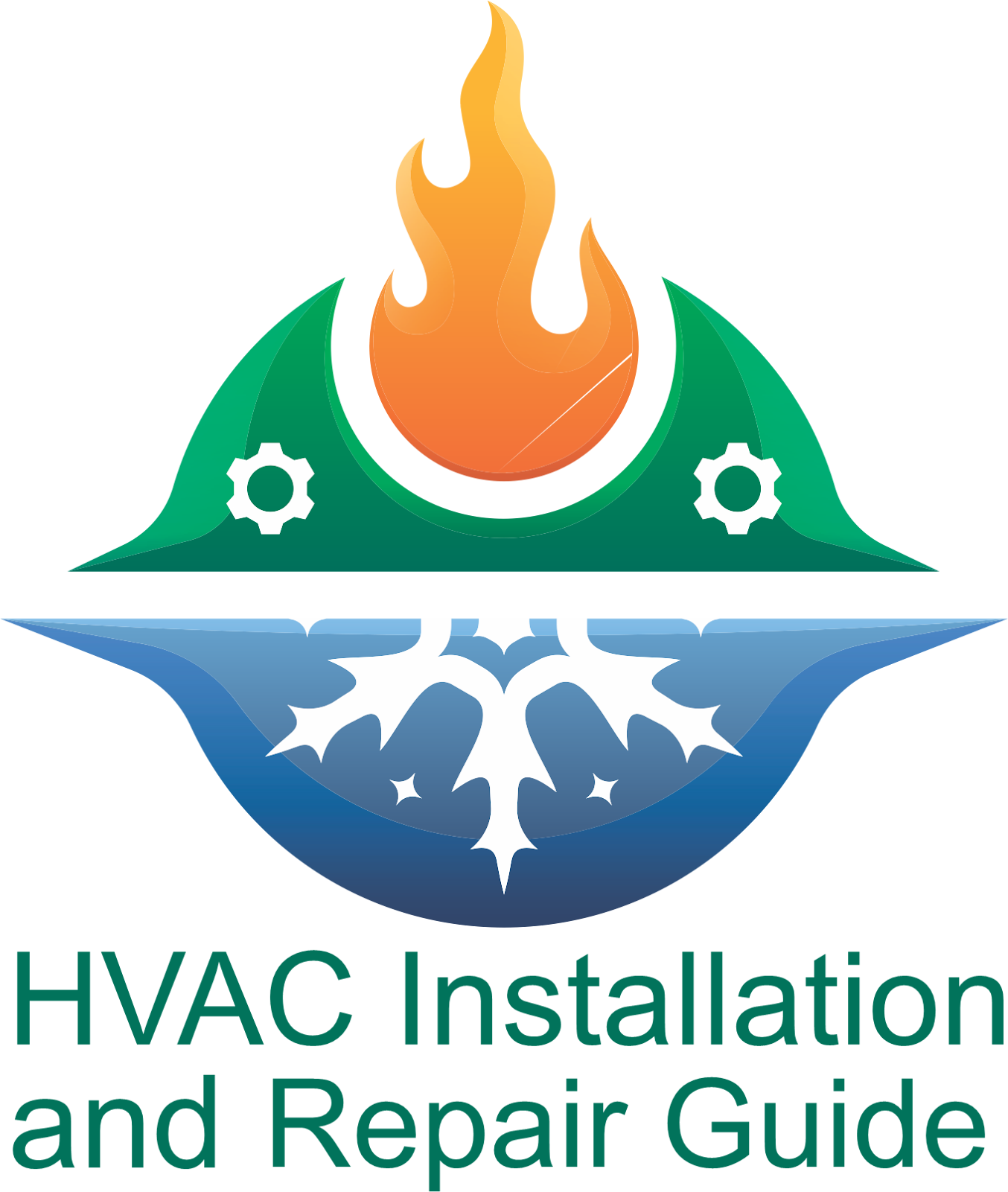An Up-Close Look at a Furnace Tune-Up
Many homeowners may be hearing at this time of year how crucial it is to have their furnaces serviced before the cold weather sets in. Like your car, your home's furnace needs upkeep. Many homeowners assume their system is functioning correctly, only to be surprised by an unanticipated furnace repair in the dead of winter that they could have avoided.
The apparent reason for a tune-up is to prevent your furnace from breaking down on the coldest day of the year, but "even more important, a tune-up improves reliability and efficiency; that way your furnace doesn't short cycle, or overwork itself, and reduce the overall life span of the unit," says Carry Reed, vice president, and general manager at HVAC Installation and Repair Guide Experts.
The basics of a Furnace inspection
Depending on the area, HVAC experts may do a complete tune-up slightly differently. The essential elements of a furnace tune-up are listed below by the experts at the HVAC Installation and Repair Guide.
1. Inspect and care for the burner.
Here, the technician carefully inspects and cleans the burner, removing any accumulations of debris, dust, and other items accumulated over the year. Rust flakes may even land on the burners in older systems. If they aren't removed, the burn might not be uniform, soot might accumulate, and cables and other system components might get hurt.
2. Check and validate gas valves
To ensure that the furnace receives the proper fuel pressure, Carries gas, as mentioned earlier, valves must be examined and adjusted regularly. "Ensure the stove operates at the correct BTU levels and isn't overheating. We also check older systems' flame valve sensors and pilot lights.
3. Check for heat exchanger cracks and carbon monoxide leaks
Your furnace produces exhaust gases and occasionally carbon monoxide when you burn gas in it. Carbon monoxide cannot be paid for by a functioning furnace or ventilation system; both are designed to properly remove waste gases from dwellings. In addition to exhaust gases, a damaged heat exchanger could allow carbon monoxide into the living space if the furnace is not functioning. The professional should also examine the furnace venting system and other components that aid in removing the harmful gas from the house.
"Occasionally, you'll see roof flue pipes damaged by weather, but the homeowner will overlook it. Birds or rodents may construct nests there. All of these elements reduce the gas's ability to escape adequately to the outside. Carry said that we also recommend installing a carbon monoxide sensor in the home to alert you to any problems.
4. Inspect electrical components
Some electrical safety switches and relays in furnaces must be tested annually. To verify that the connections are solid, the parts are free of corrosion, and the electrical components are operating at the proper current and voltage levels, a skilled technician should inspect the blower and all other electrical components of the system.
5. Swap out the air filter and clean the blower.
Each time the blower is tuned up, the technician must clear it of all dust and debris and, if necessary, grease its bearings. This should be carried out for the spring tune-up before the start of the summer. The professional should also replace your air filter and advise you to do it every month or two, depending on its thickness, rating, and quality. It's important to understand that changing the filter will keep your home's air pure and increase the system's lifespan and performance.
A dirty filter stops the blower from successfully passing air through the heat exchanger, Reed continued. "This blockage is a significant cause of heat exchanger failures. Think about it this way: Everything you do during a tune-up could be undone if the filter is dirty.
For further peace of mind, emphasize that a certified technician should handle your tune-up. These experts have undergone intensive training to equip them with the skills necessary to work on, repair, and even install various systems.
According to Carry, a certified mechanic can finish a tune-up in just over an hour and a half. The assurance that comes from considerably reducing the chance of a repair this winter is well worth the time invested,
Tags
ac maintenance
ac repair
ac repair installation
ac replacement
air conditioning replacement
Furnace Installation
furnace maintenance
Furnace repair
HVAC Installation
hvac maintenance
HVAC repair

